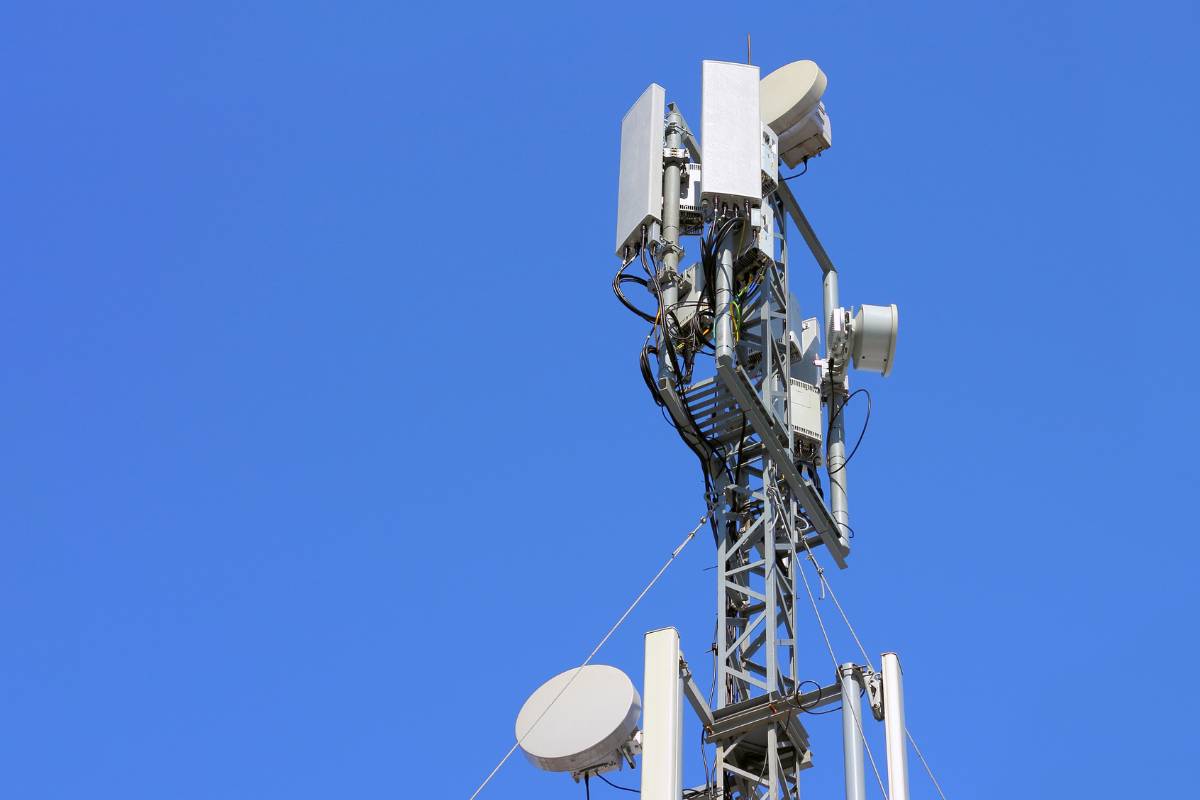
- By Pramod Gummaraj, CEO of Aprecomm
Pandemic not only boosted digital transformation but also widened its scope. Today’s digital workspaces are a result of it. Whether an employee is working from home or office, the actual work in today’s business environment happens in the digital space.
With businesses having turned towards digital workspaces, their dependence on the internet has increased exponentially. As a result, the number of internet users and the need for connectivity both at households and enterprises have skyrocketed. If we look at the statistics, connectivity saw a growth of 2% annually between 2015 to 2019.
Why Does Network Intelligence Matter for Digital Workspace?
Businesses are now collaborating globally with their employees working from different regions. Research shows a direct correlation between positive user experiences, talent retention and business outcomes. This has spurred the need for businesses to ensure ubiquitous and uninterrupted connectivity. With this, it would not be an exaggeration to say that connectivity is now turning into a strategic asset for businesses.
Network intelligence augments the visibility of complex networks to ensure users can access uninterrupted connectivity by measuring experience troubleshooting networks with end-to-end insights through machine reasoning and machine learning. Businesses can thus ensure that the users access digital workspaces securely with a seamless and low latency network.
Improving Wi-Fi Reliability
Network intelligence helps evaluate user experience by measuring network performance, user experience, and understanding if the user is happy using the network. It becomes easy to get to the root cause with simplified debugging and analysis of huge log dumps with network intelligence. Getting actionable insights from large sets of unstructured data helps identify top issues to be addressed immediately.
Automate Network Troubleshooting
Integrating AI which is artificial intelligence in networks allows a transition to proactive methods from traditional reactive methods Automating the method of finding a problem, diagnosing it and prescribing a solution helps in the reduction of human interventions. Through this approach, we can expect maximum uptime of the network as the solution to the problem is identified and accelerated.
Reducing Cost and Time for Enterprises and Vendors
Network intelligence helps businesses cut down costs and time for vendors and enterprises by optimising the issue resolution process. Artificial intelligence-powered networks would help reduce the task of dealing with the entire process of complaining to a great extent. The problem could be escalated, and necessary troubleshooting could be done in a few clicks. Adding to it is the cost-benefit that network intelligence offers. Businesses can save up to 70 per cent of OpEx with network intelligence.
Increased Overall Business Productivity
In the era where hybrid workspaces are prevalent and happen to be the future, business continues to be both in-office and remote. People are virtually present in the office via VPNs, web conferences, emails, chat messengers. Reliable communication almost makes this physical – virtual difference unnoticeable. Technologies like SD-WANs move the Network creation and operations to the cloud, offloading teams to focus on the productive work rather than tinkering with the alien networking issues.
Network Transformation
Just as many other things, networks too undergo evolution leading to a multitude of transformations that better user experience. Although network evolution is still ongoing, we have seen four major transformations already.
Increased Network Uptimes
Predictive Maintenance
Rapid issue resolution
Anomaly Detection
With new normal posing fresh challenges, technologies are transforming to cater to the needs changing with time. So are networks. How network intelligence is now evolving to adapt itself to the new user experience paradigm is a perfect example of it. By deploying network intelligence, businesses can thrive in the present times when everything is shifting to the digital space.















